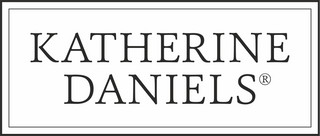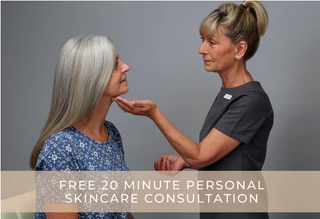How to spot the signs of damage.
It’s easy to spot that your skin barrier is damaged. Signs to look out for include:
- Sensitive, inflamed, or irritated skin
- Itchiness
- Very dry skin or scaly patches
- Skin dehydration, dull, grey complexion, open pores, fine lines and sometimes under-skin congestion
- Bacterial, viral, or fungal skin infections
- Acne
Your skin barrier won't repair itself. But you can take steps to help it.
The good news is a damaged skin barrier can be repaired, but it does take a little time and effort. Depending on the extent of the damage. It can take anywhere from a couple of weeks up to 6 months to get it back to its protective best.
How to fix a damaged barrier.
Whether damaged or healthy, it’s still good to nourish it with repairing ingredients such as fatty acids, cholesterol, ceramides and hyaluronic acid. You should also wear a daily SPF. Think of this as your final protective coat of skin armour.
How to repair your damaged skin barrier.
Firstly, consider what has caused the damage.
Has your skin been neglected or over-treated?
Neglected skin needs a simple routine to begin with. One you can follow consistently, one that fits your lifestyle. One which gives your skin all the nourishment and hydration to rebuild a healthy and protective skin barrier.
Over-treated skin. Go back to basics. Wanting the best results often leads to the overuse of too many products and aggressive ingredients. This may include the overuse of acids and aesthetic procedures, whether your skin can tolerate them or not. Consider what your skin needs. Without this consideration too many products sending too many messages to your skin will cause ‘skin confusion.’ This will result in your skin becoming overwhelmed. As the largest organ of your body, it must be treated with the same respect you show your other organs. Gently does it!










